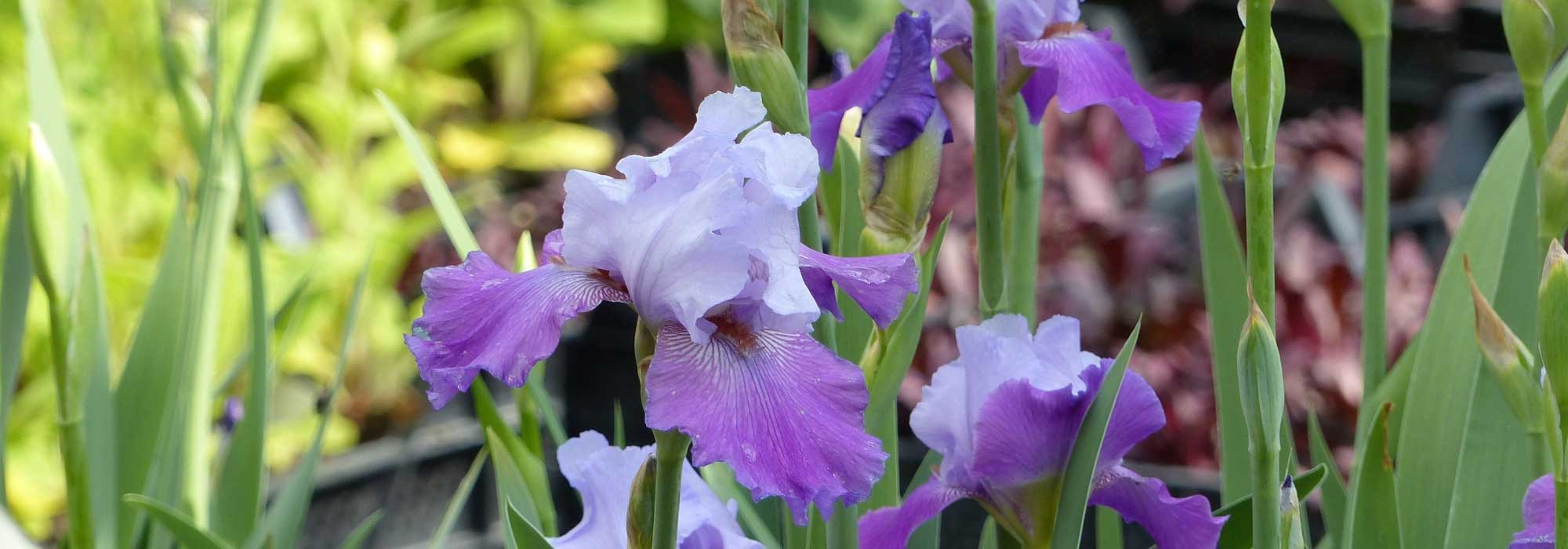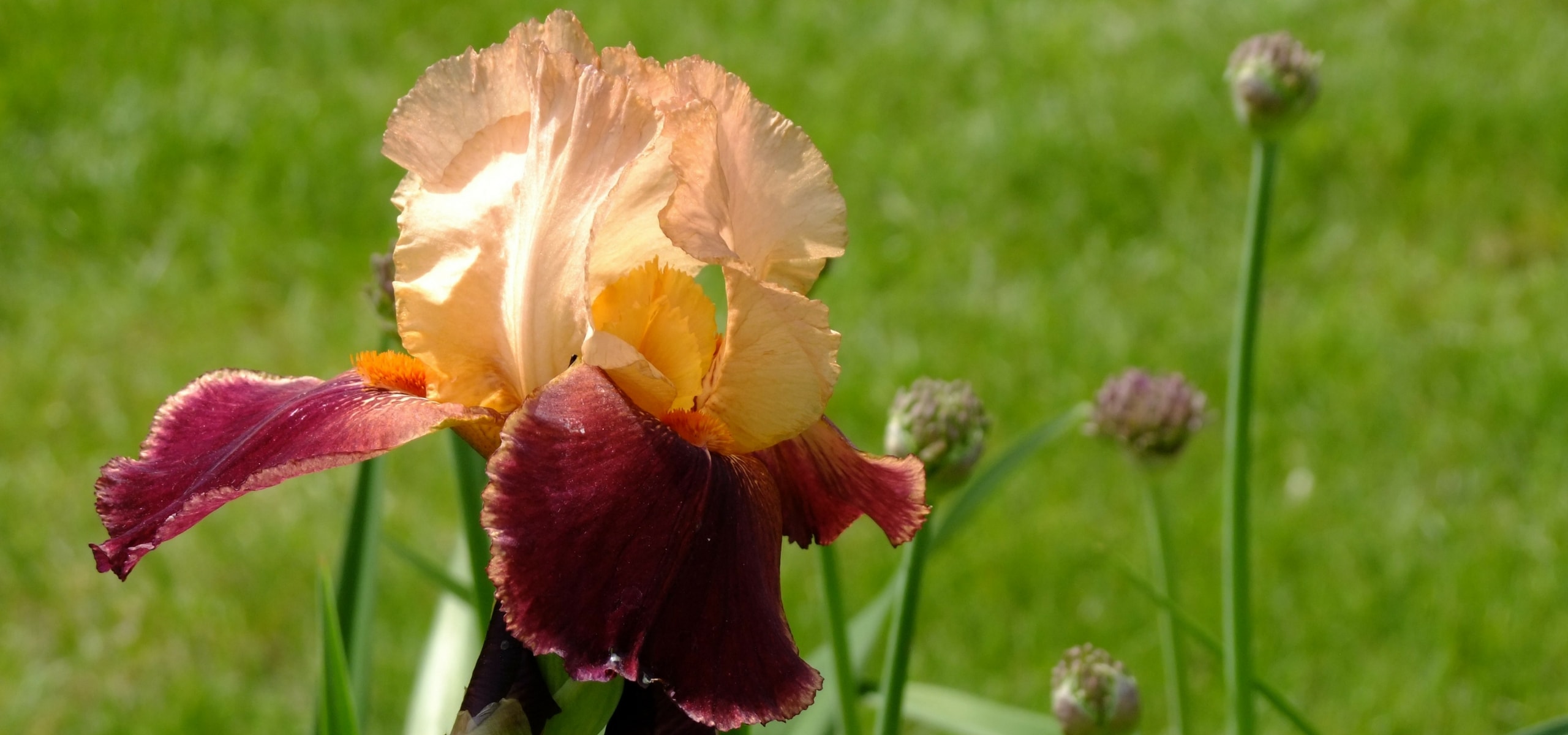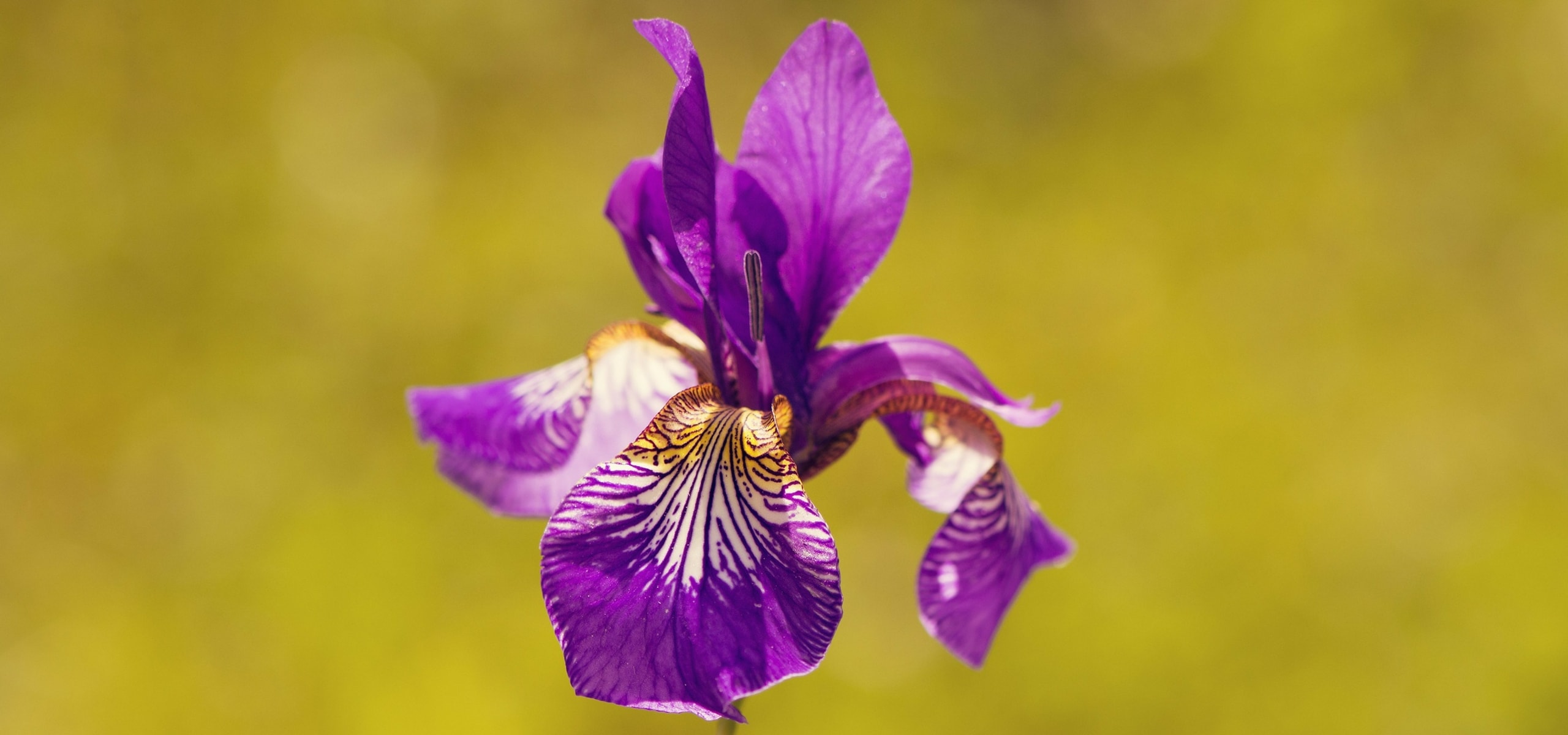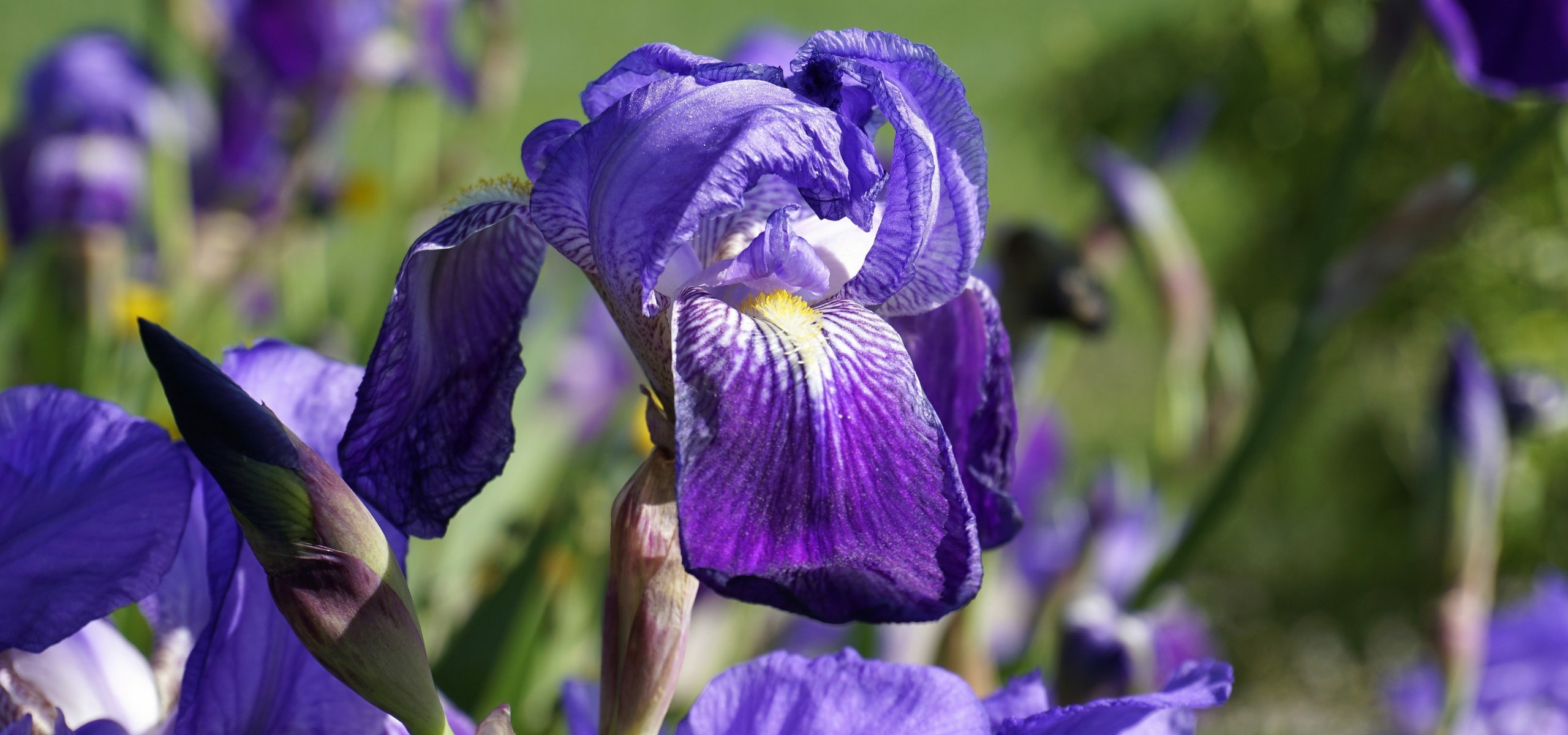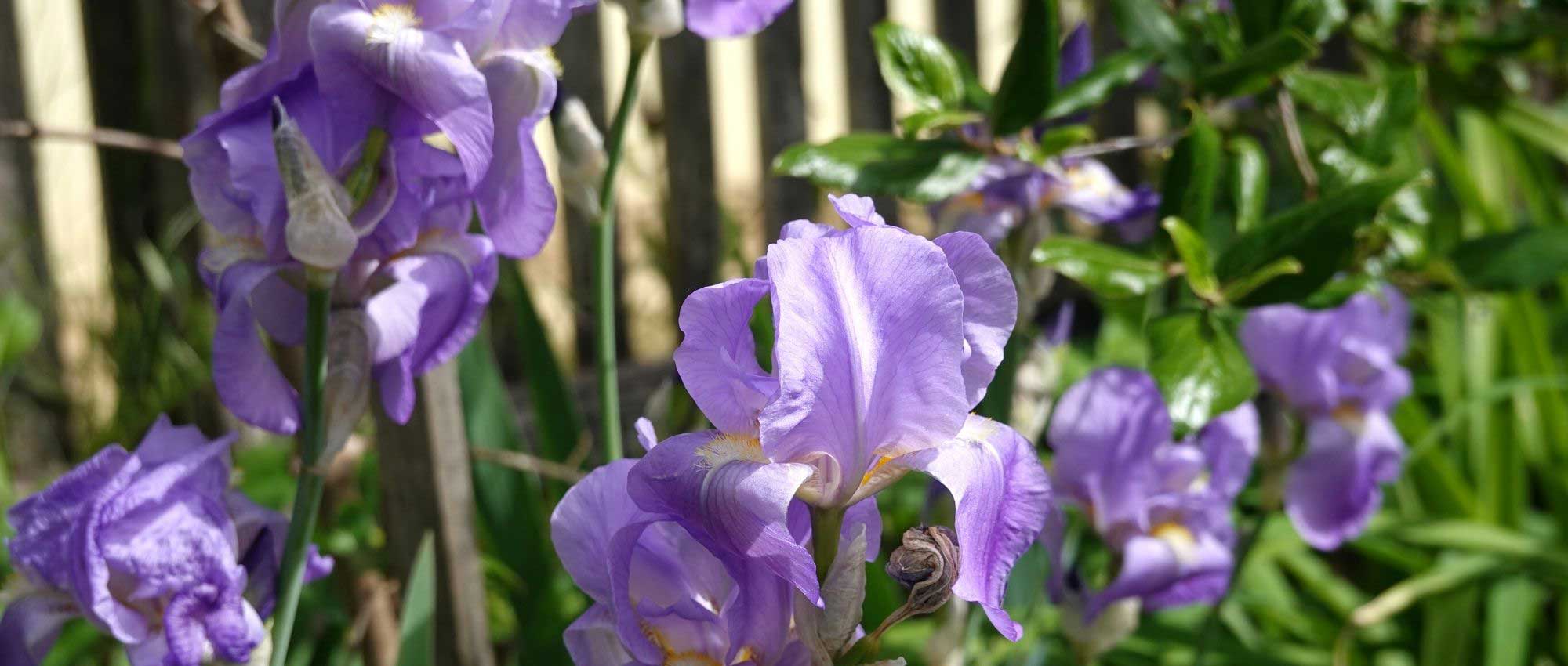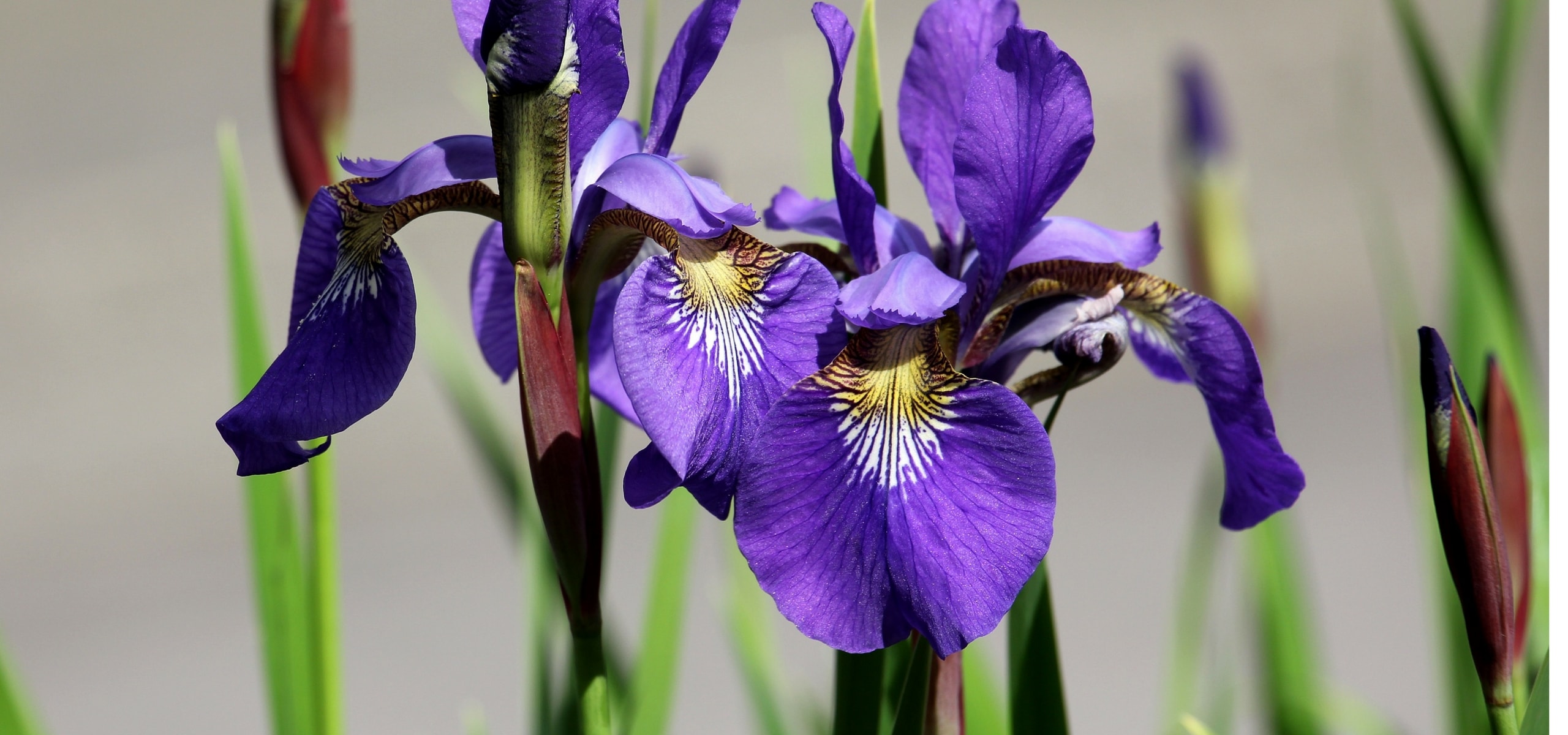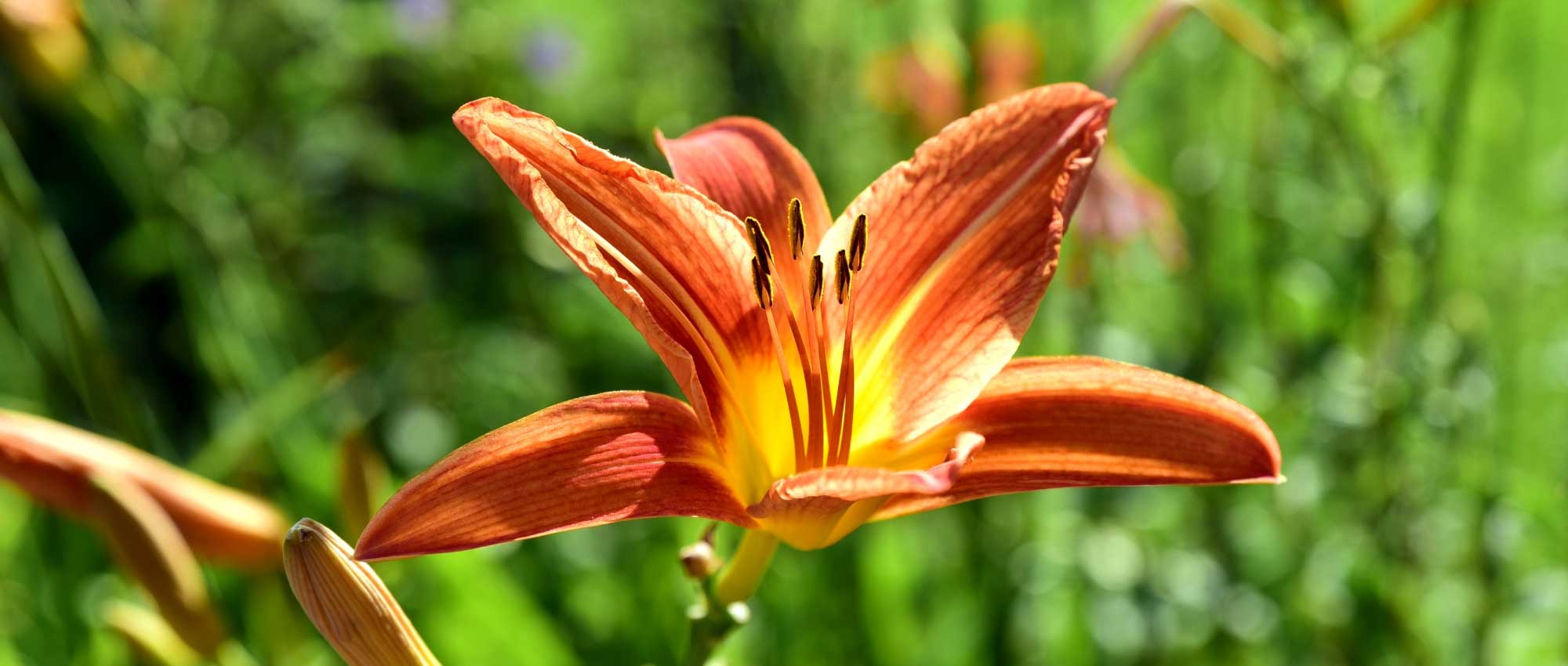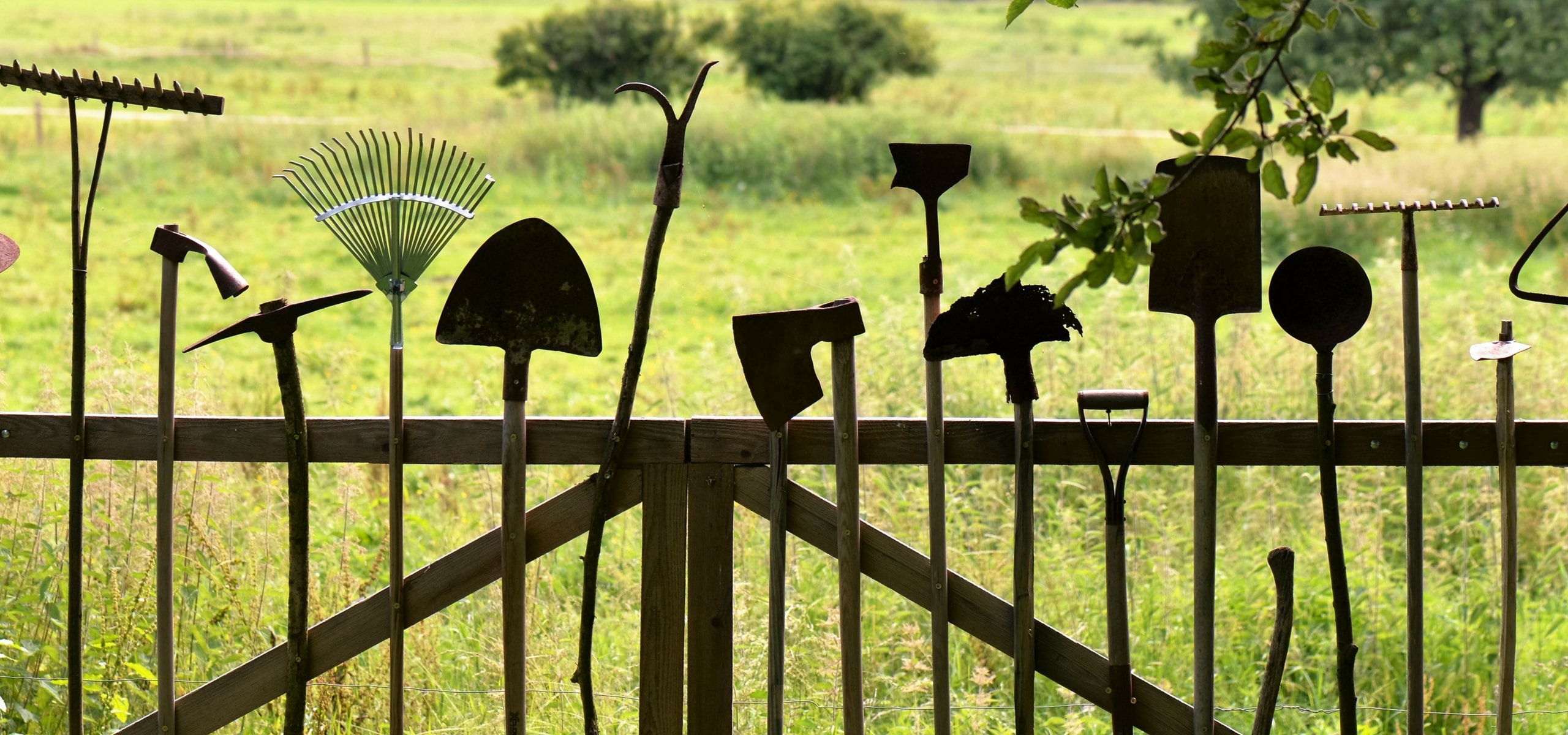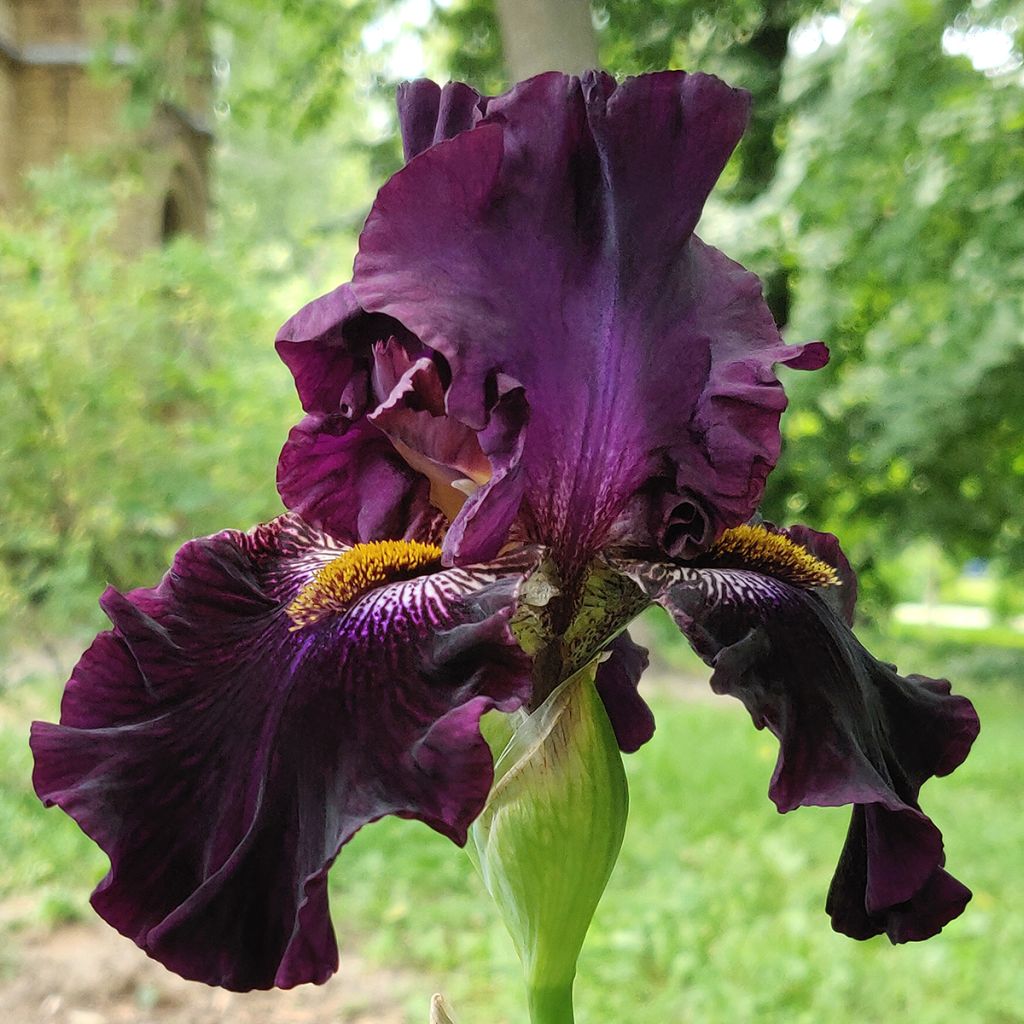

Iris germanica Dracula's Kiss - Iris des jardins, Grand Iris barbu, Iris d'Allemagne
Iris germanica Dracula's Kiss - Bearded Iris
Iris germanica Dracula's Kiss
German Iris, Bearded Iris
Special offer!
Receive a €20 voucher for any order over €90 (excluding delivery costs, credit notes, and plastic-free options)!
1- Add your favorite plants to your cart.
2- Once you have reached €90, confirm your order (you can even choose the delivery date!).
3- As soon as your order is shipped, you will receive an email containing your voucher code, valid for 3 months (90 days).
Your voucher is unique and can only be used once, for any order with a minimum value of €20, excluding delivery costs.
Can be combined with other current offers, non-divisible and non-refundable.
Home or relay delivery (depending on size and destination)
Schedule delivery date,
and select date in basket
This plant carries a 12 months recovery warranty
More information
We guarantee the quality of our plants for a full growing cycle, and will replace at our expense any plant that fails to recover under normal climatic and planting conditions.
Would this plant suit my garden?
Set up your Plantfit profile →
Description
The Iris germanica Dracula's Kiss is one of the bearded iris varieties that comes closest to black, a mythical colour among flowering plants. Blooming in mid-season, this tall Iris exceeding 90 cm in height at its peak produces numerous flowers with fascinating graphic beauty, enhanced by its very deep violet-purple colour. Even darker than the upright petals, the delicately downward-curving sepals feature an orange-mandarin beard that creates a striking contrast. Easy to grow in well-drained soil and full sun, it will pair with almost all other flower colours.
The Iris is the flagship member of the Iridaceae family, which it gave its name to. This botanical family, rich with 1800 species spread across several dozen genera, mainly plants with rootstocks or bulbs, includes many ornamental representatives. From popular Crocuses or Gladioli to the less common but equally charming Ixias or the tender Tritonia laxifolia, the choice is wide for flower enthusiasts. The Iris genus was discovered in Egypt around 3000 BC and includes over 200 species. The number of horticultural varieties is almost countless as this plant inspires professional and amateur collectors worldwide. The Iris germanica, a wild species native to Syria, is considered the ancestor of modern bearded Irises, following a long history of successive hybridisations.
The 'Dracula's Kiss' is the result of cross-breeding between several varieties such as the 'Old Black Magic', an almost black variety, and the dark violet 'Satin Satan'. It was introduced to the market in 2009 by the American grower Schreiner. The quest for flowers ever closer to absolute black is an obsession among horticulturists, and this variety is well positioned in this endless pursuit. It has received several horticultural awards recognising its ornamental qualities, an Honours in 2011 followed by an Award of Merit in 2013 and the Nelson Award in 2022. This bearded iris produces clumps of long, slightly glaucous green, very slender leaves often arranged in a fan shape. In spring, well-established plants develop 3 to 4 flower stems. The variety being very floriferous, each stem can carry 9 to 12 buds! In May, these buds open into flowers with three petals pointing skyward, with undulate edges and a dark violet-purple hue. More rounded and broad with equally wavy borders, the three sepals start horizontally at the base of the petals before elegantly curling downward. Even darker than the petals, they are almost black and have a slightly velvety surface of great beauty. The orange-mandarin beard that adorns them is particularly striking against this dark background.
With its provocative name ('Dracula's kiss') the bearded iris 'Dracula's Kiss' leaves no one indifferent. Its enchanting colour pairs perfectly with almost all shades of the vegetation palette. Its magnificent flowering, which only lasts three to four weeks, encourages planting the iris alongside other plants that will hide its foliage once it becomes uninteresting once the flowers have faded. Create strong contrasts by pairing it with yellow flowers like Alyssum montanum 'Berggold', a Basket of Gold that will form a low carpet at its feet. If you prefer white, the Arabis caucasica 'Snowcap' can be used in the same way. However, consider extending the flowering period by adding early- and late-flowering plants. A clump of Euphorbia characias ssp. wulfenii will be ideal to start the show with its bright yellow-green flowers from March, and its very graphic appearance. In summer, bet on the robust Blanket Flowers which will open their sun-like flowers, and for the end of the season, nothing beats Autumn Asters to illuminate your flowerbed with a thousand starry flowers...
Flowering
Foliage
Plant habit
Botanical data
Iris
germanica
Dracula's Kiss
Iridaceae
German Iris, Bearded Iris
Cultivar or hybrid
Planting and care
The Iris germanica 'Dracula's Kiss' should be planted shallowly, with the rootstock just showing at ground level. Add sand if the soil is too heavy or too wet and place the rootstocks on small mounds. Ensure the soil is well-drained to avoid the risk of rot in winter. The Iris germanica prefer limy soils: add lime to your soil if it is acidic. In summer, this Iris should be watered once or twice a month. At the end of flowering, prune by cutting the flower stems down to 10 cm from the ground. Damaged leaves should only be removed in autumn. It is not advisable to add too much nitrogen as this weakens the plant and increases the number of leaves at the expense of flowers. Taller flower stems then become brittle.
Irises can be susceptible to heterosporiosis, a disease recognisable by oval brown spots. To prevent it, treat them with a Bordeaux mixture at the start of the growing season. Every 3 to 4 years, in summer after flowering, divide the clumps by lifting the entire plant. Transplanting should be done to an area where no Iris has grown for a year. Select the most attractive plants from the rootstock, usually those from the outer edge, and discard the weak shoots that will not produce anything good.
Planting period
Intended location
Care
Planting & care advice
This item has not been reviewed yet - be the first to leave a review about it.
Haven't found what you were looking for?
Hardiness is the lowest winter temperature a plant can endure without suffering serious damage or even dying. However, hardiness is affected by location (a sheltered area, such as a patio), protection (winter cover) and soil type (hardiness is improved by well-drained soil).

Photo Sharing Terms & Conditions
In order to encourage gardeners to interact and share their experiences, Promesse de fleurs offers various media enabling content to be uploaded onto its Site - in particular via the ‘Photo sharing’ module.
The User agrees to refrain from:
- Posting any content that is illegal, prejudicial, insulting, racist, inciteful to hatred, revisionist, contrary to public decency, that infringes on privacy or on the privacy rights of third parties, in particular the publicity rights of persons and goods, intellectual property rights, or the right to privacy.
- Submitting content on behalf of a third party;
- Impersonate the identity of a third party and/or publish any personal information about a third party;
In general, the User undertakes to refrain from any unethical behaviour.
All Content (in particular text, comments, files, images, photos, videos, creative works, etc.), which may be subject to property or intellectual property rights, image or other private rights, shall remain the property of the User, subject to the limited rights granted by the terms of the licence granted by Promesse de fleurs as stated below. Users are at liberty to publish or not to publish such Content on the Site, notably via the ‘Photo Sharing’ facility, and accept that this Content shall be made public and freely accessible, notably on the Internet.
Users further acknowledge, undertake to have ,and guarantee that they hold all necessary rights and permissions to publish such material on the Site, in particular with regard to the legislation in force pertaining to any privacy, property, intellectual property, image, or contractual rights, or rights of any other nature. By publishing such Content on the Site, Users acknowledge accepting full liability as publishers of the Content within the meaning of the law, and grant Promesse de fleurs, free of charge, an inclusive, worldwide licence for the said Content for the entire duration of its publication, including all reproduction, representation, up/downloading, displaying, performing, transmission, and storage rights.
Users also grant permission for their name to be linked to the Content and accept that this link may not always be made available.
By engaging in posting material, Users consent to their Content becoming automatically accessible on the Internet, in particular on other sites and/or blogs and/or web pages of the Promesse de fleurs site, including in particular social pages and the Promesse de fleurs catalogue.
Users may secure the removal of entrusted content free of charge by issuing a simple request via our contact form.
The flowering period indicated on our website applies to countries and regions located in USDA zone 8 (France, the United Kingdom, Ireland, the Netherlands, etc.)
It will vary according to where you live:
- In zones 9 to 10 (Italy, Spain, Greece, etc.), flowering will occur about 2 to 4 weeks earlier.
- In zones 6 to 7 (Germany, Poland, Slovenia, and lower mountainous regions), flowering will be delayed by 2 to 3 weeks.
- In zone 5 (Central Europe, Scandinavia), blooming will be delayed by 3 to 5 weeks.
In temperate climates, pruning of spring-flowering shrubs (forsythia, spireas, etc.) should be done just after flowering.
Pruning of summer-flowering shrubs (Indian Lilac, Perovskia, etc.) can be done in winter or spring.
In cold regions as well as with frost-sensitive plants, avoid pruning too early when severe frosts may still occur.
The planting period indicated on our website applies to countries and regions located in USDA zone 8 (France, United Kingdom, Ireland, Netherlands).
It will vary according to where you live:
- In Mediterranean zones (Marseille, Madrid, Milan, etc.), autumn and winter are the best planting periods.
- In continental zones (Strasbourg, Munich, Vienna, etc.), delay planting by 2 to 3 weeks in spring and bring it forward by 2 to 4 weeks in autumn.
- In mountainous regions (the Alps, Pyrenees, Carpathians, etc.), it is best to plant in late spring (May-June) or late summer (August-September).
The harvesting period indicated on our website applies to countries and regions in USDA zone 8 (France, England, Ireland, the Netherlands).
In colder areas (Scandinavia, Poland, Austria...) fruit and vegetable harvests are likely to be delayed by 3-4 weeks.
In warmer areas (Italy, Spain, Greece, etc.), harvesting will probably take place earlier, depending on weather conditions.
The sowing periods indicated on our website apply to countries and regions within USDA Zone 8 (France, UK, Ireland, Netherlands).
In colder areas (Scandinavia, Poland, Austria...), delay any outdoor sowing by 3-4 weeks, or sow under glass.
In warmer climes (Italy, Spain, Greece, etc.), bring outdoor sowing forward by a few weeks.


































